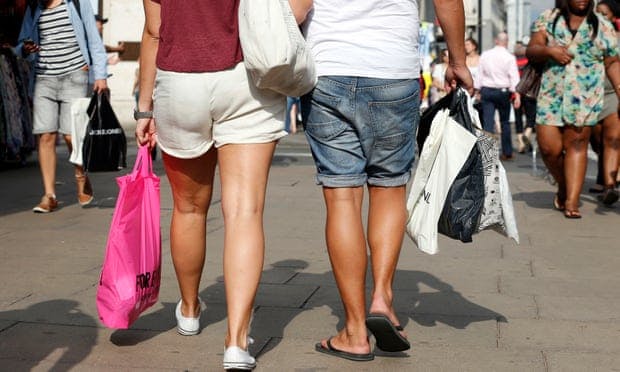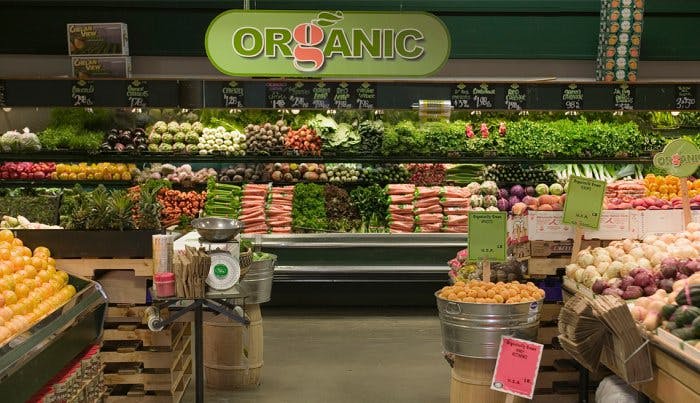The French general and emperor Napoleon is reputed to have dismissed Britain as “a nation of shopkeepers,” but two centuries later, “a nation of shoppers” might be more appropriate. U.K. consumer spending has risen every year of the past decade, other than in 2020, when the COVID-19 pandemic wreaked havoc. Even then, by April 2021, spending was back to pre-pandemic levels.
Such behaviours reflect the strong purchasing power of U.K. consumers. The Luxembourg Income Study ranks the U.K. fourth in the world on consumers’ disposable income, i.e., how much they have to spend after essentials such as housing costs and bills have been met. And while Britons, like everyone else, have suffered at the hands of the pandemic, consumer confidence is returning. The first half of the year saw some of the biggest jumps ever in optimism.
The good news for international businesses targeting the U.K. is that Britons have increasingly global tastes. Some are buying directly from overseas producers–one recent piece of research found 15% of British consumers bought something from an international producer every day. Many more are buying international products in retailers such as supermarkets, where 20% to 30% of goods on shelves now typically come from overseas suppliers. The U.K. imports around £11.5bn worth of food and drink each year.
Who are British consumers?

In practice, no two consumers are the same. But there are useful ways to group consumers, which can help you work out who your products might appeal to. One popular method is to divide people according to their income and wealth. For example, the influential marketer CACI classifies British consumers into six groups on this basis (as well as many subgroups), with three groups looking particularly interesting to international companies selling into the U.K.:
- Affluent Achievers – “These are some of the most financially successful people in the U.K. They live in wealthy, high status rural, semi-rural and suburban areas of the country. Middle-aged or older people, the ‘baby-boomer’ generation, predominate with many empty nesters and wealthy retired.”
- Rising Prosperity – “These are generally younger, well educated, and mostly prosperous people living in our major towns and cities. Most are singles or couples, some yet to start a family, others with younger children.”
- Comfortable Communities – “All life-stages are represented in this category. Many areas have mostly stable families and empty nesters, especially in suburban or semi-rural locations. There are also comfortably off pensioners, living in retirement areas around the coast or in the countryside and sometimes younger couples just starting out on their lives together.”
Another way to think about British consumers is by attitude. Might some types of consumers be more inclined to try new products, for example, and more adventurous in their tastes? The market research group has published interesting data on this, with two groups in particular standing out as potentially attractive to international sellers:
- Undaunted Strivers – Accounting for around 11% of U.K. consumers, Euromonitor describes these consumers as image conscious, welcoming the opportunity to try new things and tech savvy.
- Empowered Activists – Euromonitor says 22% of U.K. consumers are concerned with global issues, feel they can make a difference, and actively seek out products with green or ecoconscious labelling.
Where do they spend their money?

In addition to targeting particular types of consumers, it makes sense to think about the types of products that shoppers are especially interested in buying. One good example is the rise of ethical consumerism in the U.K.. The market research company Nielsen says organic food and drink sales grew by 9.5% last year, well ahead of non-organic food and drink products. Vegan and vegetarian food and drink products are an increasingly important customer segment.
The premium or luxury end of the market represents another interesting opportunity, with British consumers increasingly interested in affordable treats. Data for last year from retail analyst Kantar shows significant growth in sales of products such as cheese, desserts, and premium-label brands; alcohol sales also rose sharply in U.K. supermarkets last year, with segments such as craft beer and premium spirits performing particularly strongly.
Health and wellbeing is a third stand-out area, with the U.K. market for products and services in this category currently growing at a rate of 6.4% a year. The market includes everything from organic and ethical beauty products to vitamin supplements and other specialist healthcare products.
Many of these trends play into U.K. consumers’ broader engagement with sustainability and social awareness, which is accelerating in the wake of the COVID-19 pandemic. Sales of fair-trade products rose 14% last year, for example. Two-thirds of Britons believe it is important that climate change is prioritised in the economic recovery after the coronavirus, according to research from Ipsos Mori.
How do they spend?

One consequence of the COVID-19 pandemic has been huge growth in e-commerce worldwide and the U.K. is no exception. E-commerce retail sales grew by 46% in the U.K. last year, according to the Office for National Statistics, including a 79.3% increase in online food sales.
With shops reopening after lockdown restrictions eased, there is some evidence that the online phenomenon is slowing. Emarketer believes e-commerce will account for 28.3% of retail sales this year, down from 34.7% in 2020. But that is still well up on the 21.8% market share recorded in 2019–clearly e-commerce is here to say.
For international sellers targeting the U.K., this raises important questions. Through RangeMe, you will be selling your products to retailers, including supermarkets, rather than directly to the public; but their sales of your goods will increasingly take place online. It is therefore important to think about branding, product design, and marketing in this context.
Do your research
The bottom line is that the U.K. represents a hugely attractive market to international sellers. RangeMe provides a means through which to start targeting the retailers who have access to U.K. shoppers, including the significant numbers of Britons who are interested in trying new things. But do your research to understand your target market. There is plenty of free information and data online that can help–try Santander Bank’s U.K. profile pages for starters.

